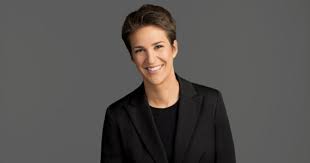Women account for less than 4 percent of business leaders depicted in movies.
This is one of several statistics from the Geena Davis Institute for Gender and Media, which is partner with the United National on an ambitious global study of gender in media.
 As reported in Pravda today, the survey will “analyze the depiction and representation of female characters in family films. \
As reported in Pravda today, the survey will “analyze the depiction and representation of female characters in family films. \
The Geena Davis Institute on Gender in Media, with support from The Rockefeller Foundation, has commissioned the study from Associate Professor Stacy Smith of the Annenberg School for Communication and Journalism at the University of Southern California.
“It will examine the top-grossing international movies in Australia, China, France, Germany, India, Italy, Japan, Russia, Spain and the United Kingdom. It is the first such study ever undertaken.
“There is no doubt that gender stereotypes in the media are influential socio-psychological factors in how women and girls are perceived. They also influence their self-esteem and relationships between the sexes,” said Lakshmi Puri, Acting Head of UN Women. “We cannot let the negative depiction of women and girls erode the hard gains that have been made on gender equality and women’s empowerment. We hope that the study will address factors that positively impact the perception of women in society, positive role models of women and girls and men and boys, and the value of respectful relationships that can foster and benefit from women’s empowerment,” she added.
“While research into the consequences of media exposure is complex, there is a general consensus among health professionals, researchers and educators that high levels of media exposure to negative imagery are related to negative outcomes for children and adults. These outcomes include effects in the areas of academic performance, body image, early sexual behaviour, and social and cultural behaviours and beliefs. These effects may also affect future life and occupational choices for women.
“Previous research by the Geena Davis Institute on Gender in Media revealed that gender parity still does not exist on-screen. In family films, only 28.3 per cent of all speaking characters were female. This translates into 2.53 males to every one female. Not only are girls and women under-represented on-screen, but many are depicted in a stereotypical and sexualized light. Occupationally, few women held positions of power on screen. Only 3.4 per cent of business leader characters and 4.5 per cent of high-level politicians were female.
“By virtue of the dearth of female characters of substance in the media kids see, we are in effect teaching our children that women and girls don’t take up half of the space in the world. We’re teaching them to see that boys are doing the important and interesting things in society,” said Academy-Award -winner Geena Davis, the leading advocate for positive change in gender portrayals in the entertainment industry. “Media images have an enormous impact on children’s self-esteem and aspirations. This is why we decided to launch a global gender in media study: if girls see it, they can be it.”
More at: http://english.pravda.ru/history/03-07-2013/125012-global_gender_in_film-0/


















